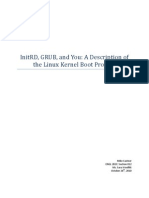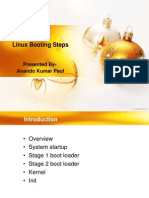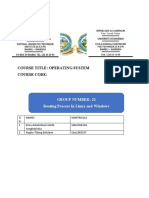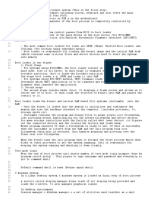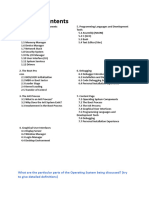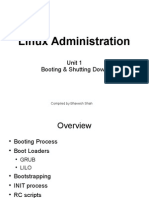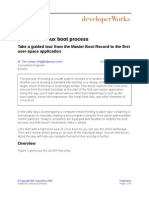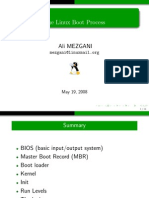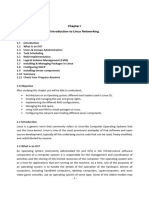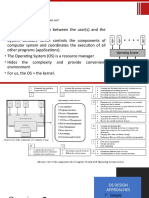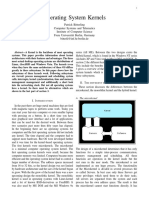0% found this document useful (0 votes)
11 views19 pagesOS - UNIT - 6 Notes
The document provides an overview of the Linux operating system, focusing on the booting process, kernel functions, and types of processes. It details the stages of the Linux boot process, the role of the kernel, and various bootloaders like GRUB and LILO. Additionally, it explains different types of kernels and processes in Linux, highlighting their characteristics and functionalities.
Uploaded by
vaishalihatkar.taeCopyright
© © All Rights Reserved
We take content rights seriously. If you suspect this is your content, claim it here.
Available Formats
Download as DOCX, PDF, TXT or read online on Scribd
0% found this document useful (0 votes)
11 views19 pagesOS - UNIT - 6 Notes
The document provides an overview of the Linux operating system, focusing on the booting process, kernel functions, and types of processes. It details the stages of the Linux boot process, the role of the kernel, and various bootloaders like GRUB and LILO. Additionally, it explains different types of kernels and processes in Linux, highlighting their characteristics and functionalities.
Uploaded by
vaishalihatkar.taeCopyright
© © All Rights Reserved
We take content rights seriously. If you suspect this is your content, claim it here.
Available Formats
Download as DOCX, PDF, TXT or read online on Scribd
/ 19


